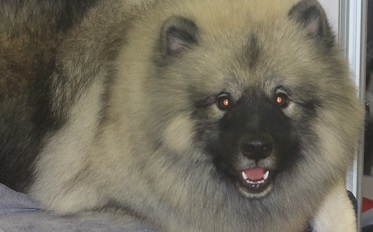Learn how to make your pet look good or study for a career in the animal grooming industry.

Pet owners are spending more and more on grooming their pets, whether for show or because they want them looking clean, smart, and healthy.
- Being able to groom animals is a way for you to care for your own animals or even set up your own business grooming other people's animals.